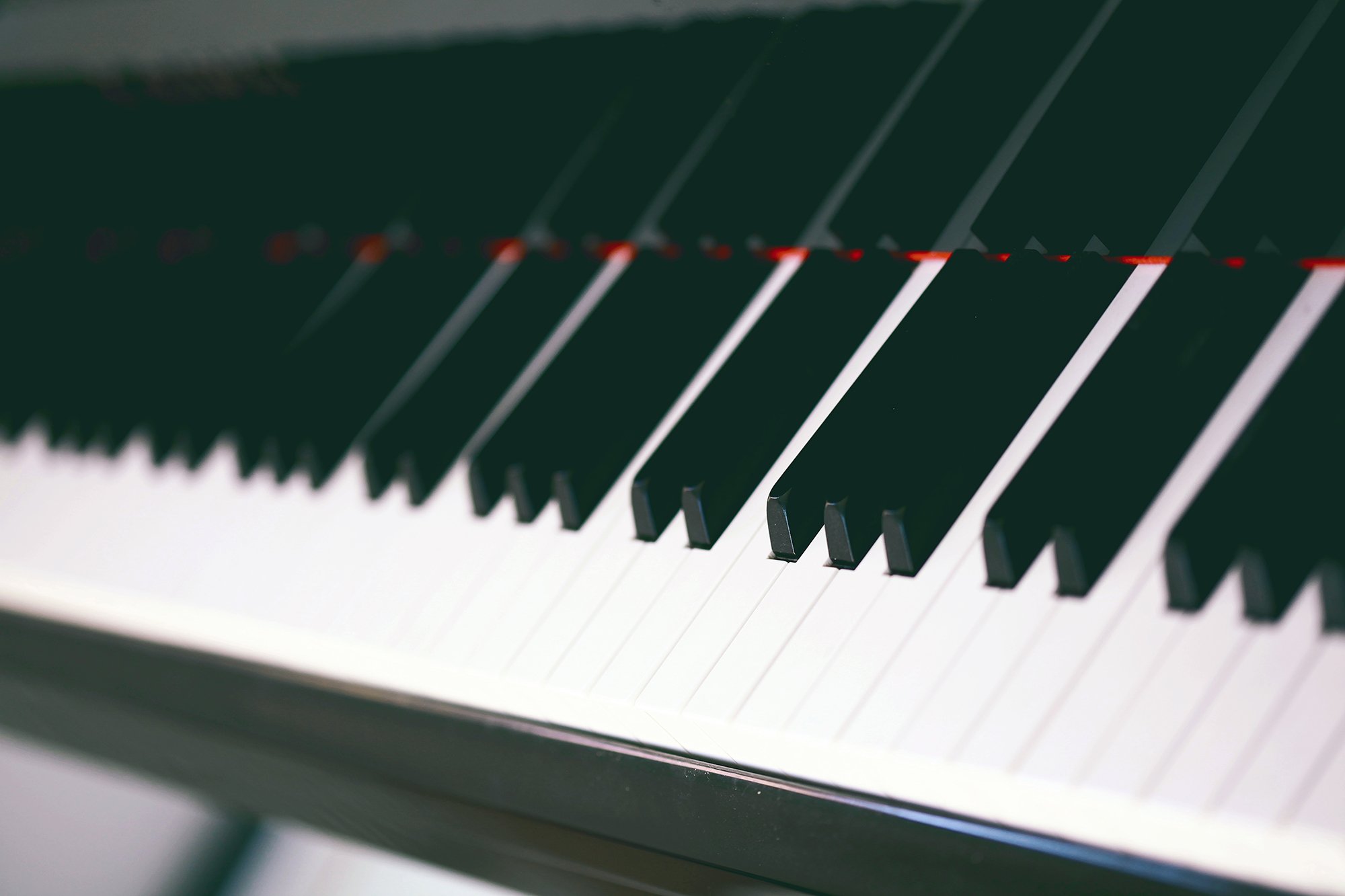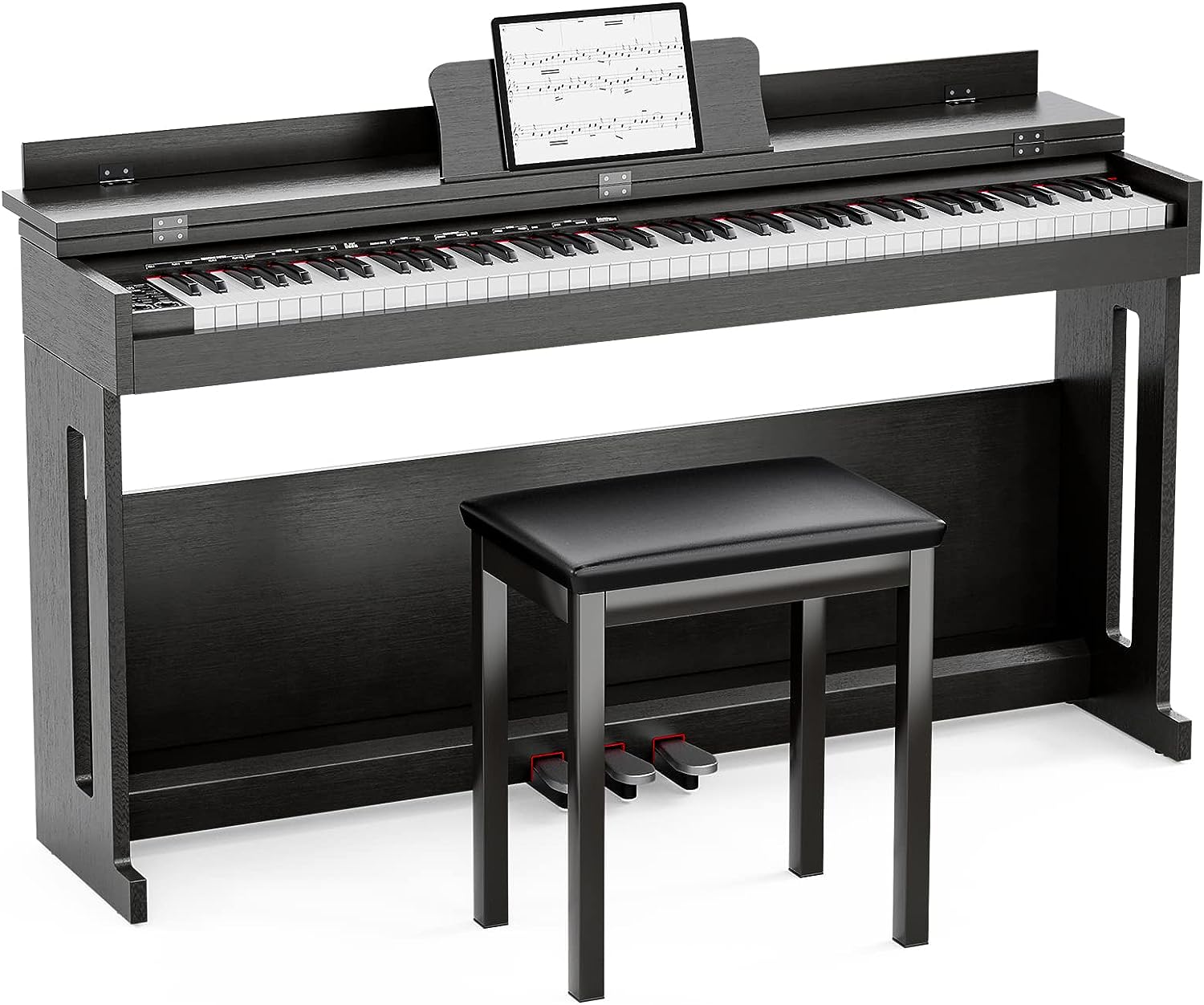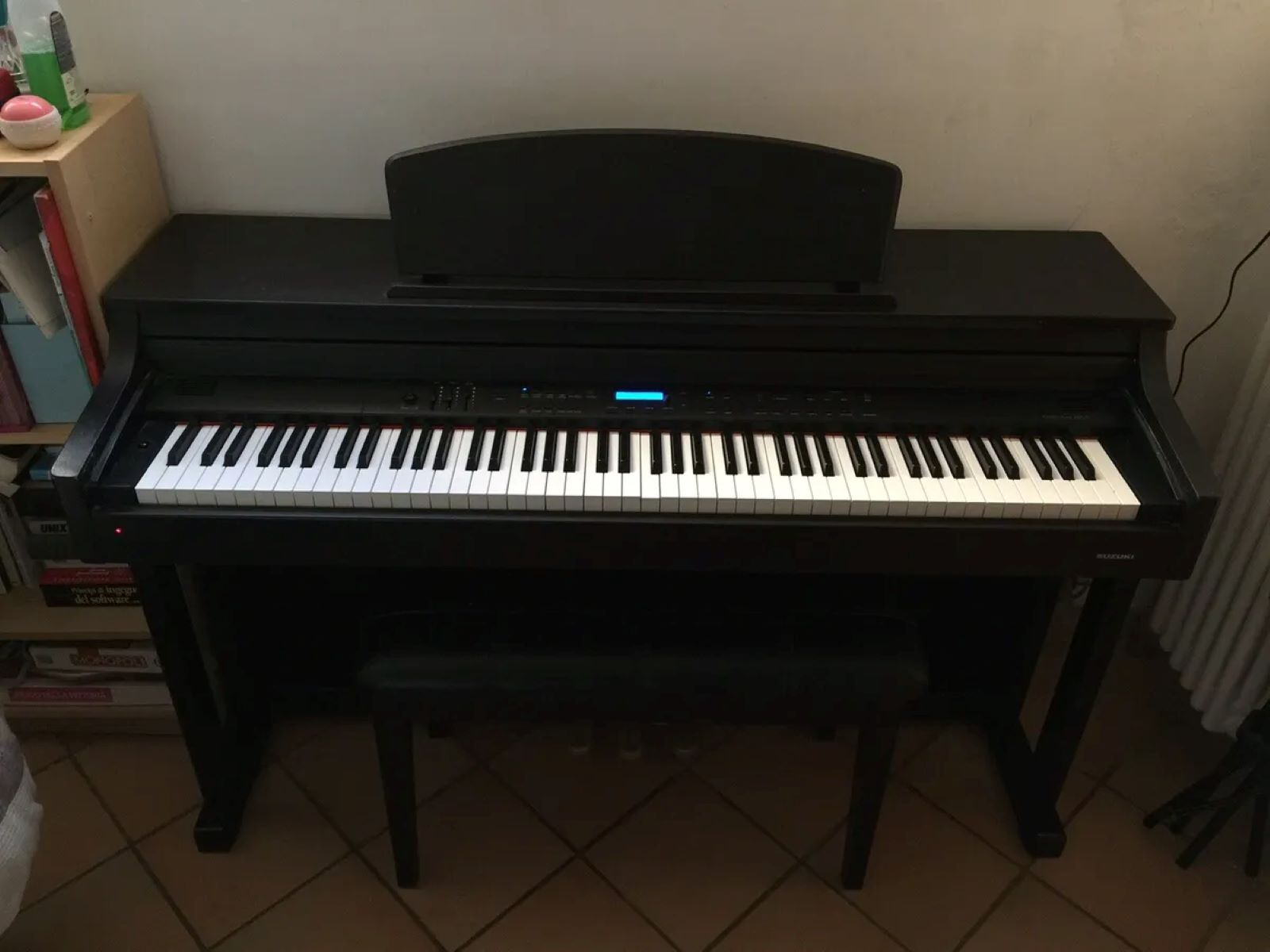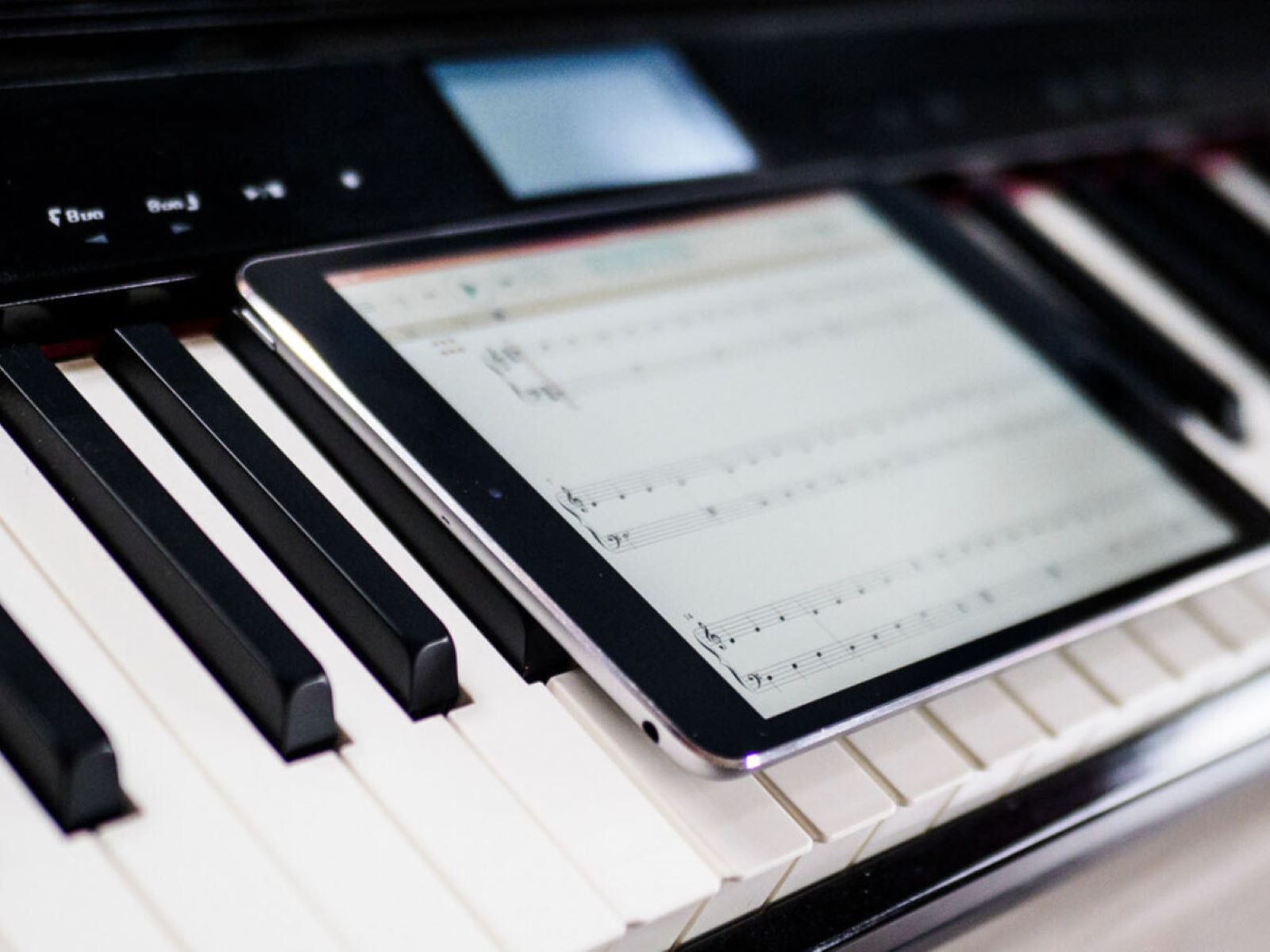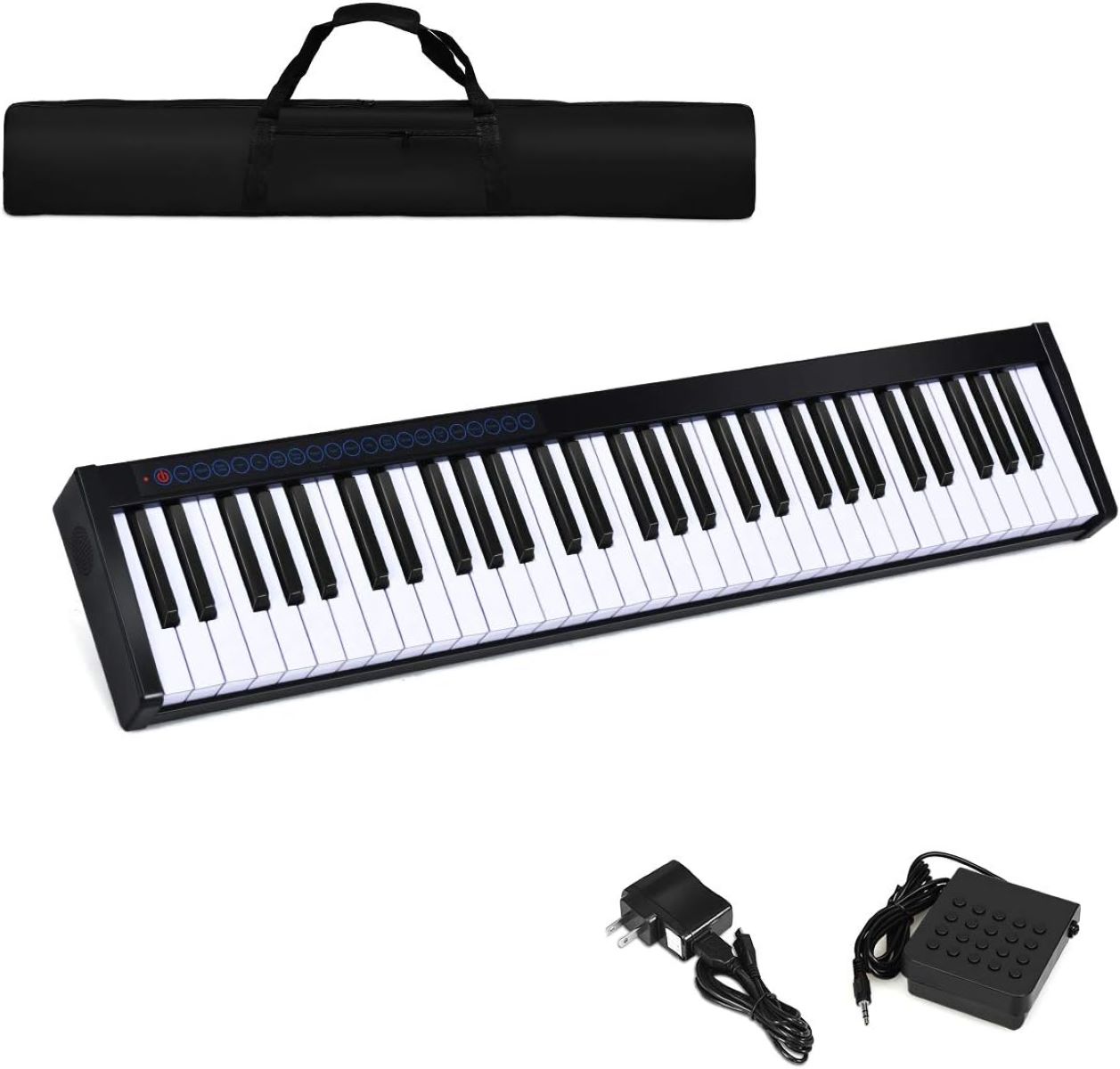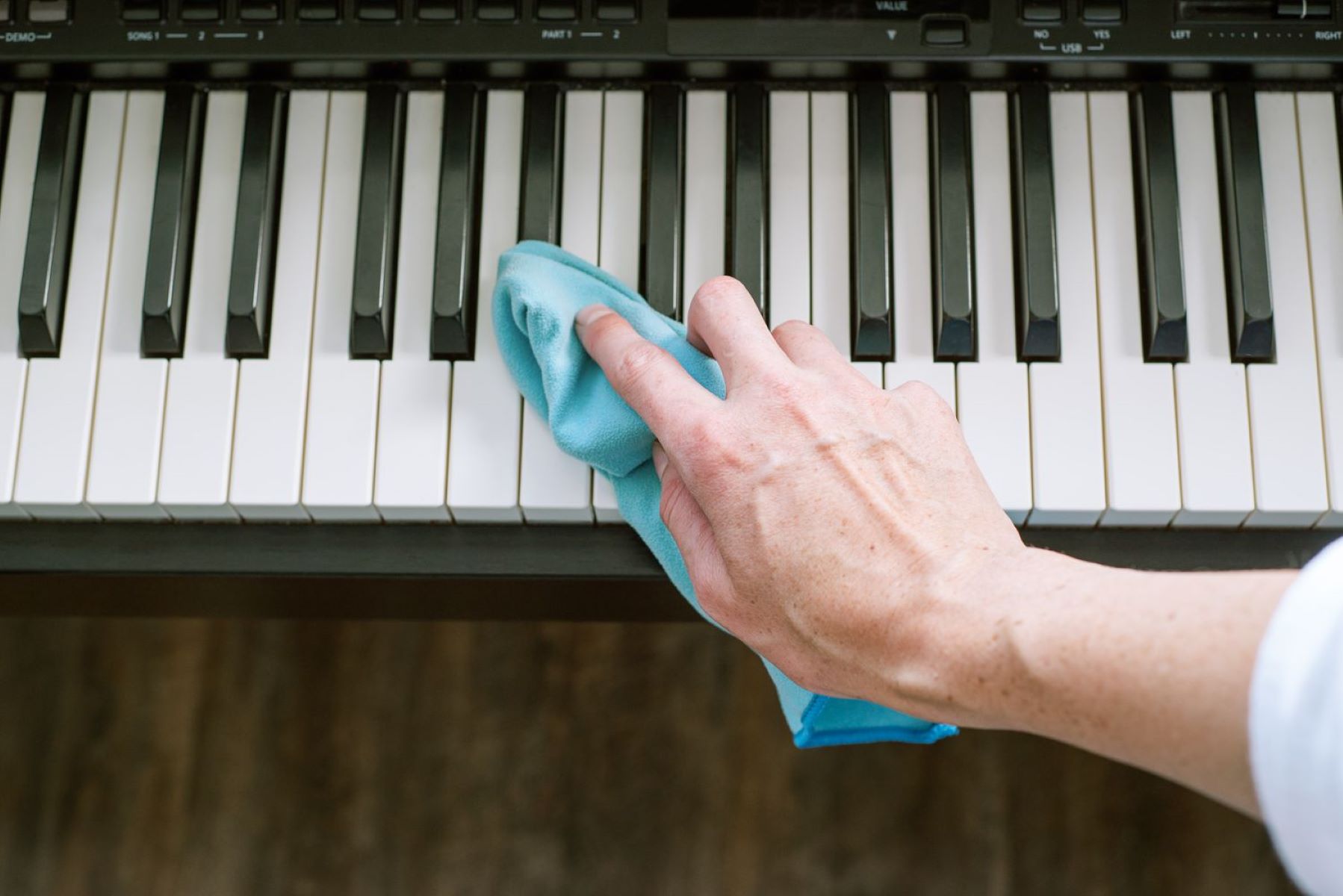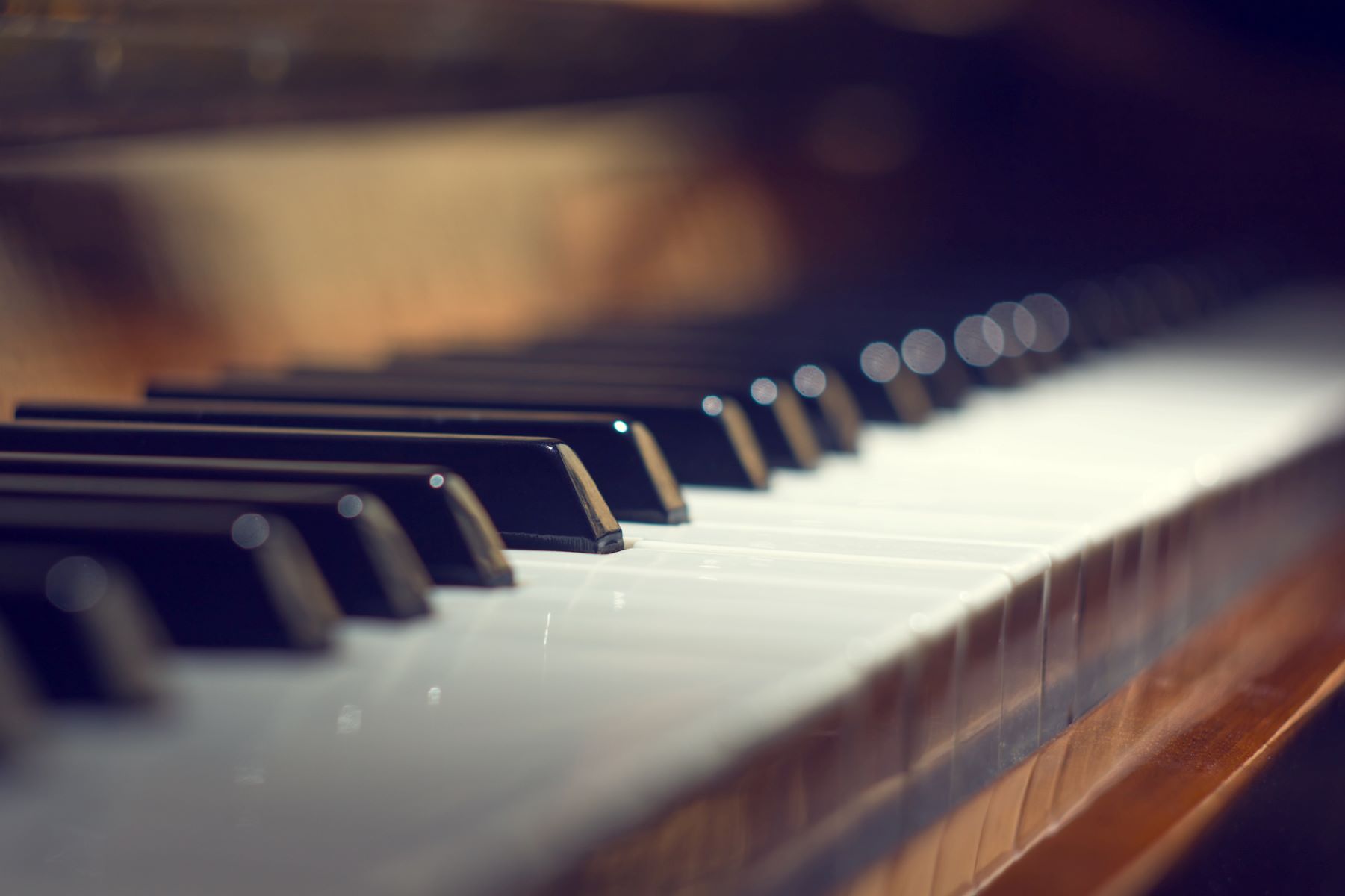Introduction
When embarking on the journey to find the perfect digital piano, it's crucial to consider various factors to ensure that the instrument aligns with your musical aspirations and lifestyle. Whether you're a seasoned pianist or a beginner eager to delve into the world of piano playing, understanding the essential features of a digital piano is paramount. From sound quality to connectivity options, each aspect contributes to the overall playing experience and versatility of the instrument. By exploring these key elements, you can make an informed decision that resonates with your musical preferences and goals.
A digital piano serves as a modern alternative to its acoustic counterpart, offering a wide range of features that cater to different playing styles and environments. As technology continues to advance, digital pianos have evolved to replicate the rich sound and authentic feel of acoustic pianos while integrating innovative capabilities that enhance the overall playing experience. Whether you prioritize portability, advanced sound customization, or seamless connectivity with external devices, understanding the fundamental aspects of digital pianos will guide you toward selecting the perfect instrument for your needs.
In the following sections, we will delve into the crucial factors to consider when choosing a digital piano, including sound quality, key action, polyphony, connectivity, portability, and additional features. By examining each of these elements, you will gain valuable insights into the diverse aspects of digital pianos, empowering you to make an informed decision that aligns with your musical aspirations and lifestyle. Let's embark on this exploration to unravel the intricacies of digital pianos and discover the key features that will elevate your musical journey.
Sound Quality
One of the most critical aspects to consider when evaluating a digital piano is its sound quality. Unlike acoustic pianos, digital pianos rely on sampled sounds to replicate the tones of traditional pianos. The ability of a digital piano to faithfully reproduce the rich, nuanced sound of an acoustic instrument is a testament to its quality and craftsmanship. When assessing sound quality, it’s essential to consider the following factors:
- Sampling Technology: The quality of the piano samples used in a digital piano directly impacts its sound authenticity. High-end digital pianos often utilize advanced sampling technology to capture the intricate nuances of acoustic pianos, resulting in a more realistic and expressive sound.
- Tonal Variation: A superior digital piano offers a wide range of tonal variation, allowing players to explore different dynamics and tonal colors. The ability to produce subtle tonal changes and dynamic contrasts enhances the overall musical expression and versatility of the instrument.
- Resonance and Sound Dynamics: Authentic sound reproduction encompasses the resonance and dynamic characteristics of acoustic pianos. A high-quality digital piano incorporates features that emulate string resonance, damper resonance, and key-off simulation, delivering a more immersive and lifelike playing experience.
Furthermore, the presence of built-in speakers and sound projection capabilities significantly influences the overall sound quality and spatial presence of the instrument. Premium digital pianos are equipped with sophisticated speaker systems that accurately reproduce the complexities of piano tones, ensuring a captivating auditory experience for both players and listeners.
When evaluating sound quality, it’s essential to test the instrument in various settings to gauge its performance across different acoustic environments. Additionally, considering the option to customize and fine-tune the piano’s sound parameters to suit individual preferences can further elevate the playing experience.
By prioritizing sound quality in your quest for a digital piano, you can immerse yourself in the captivating realm of authentic piano tones, unlocking new dimensions of musical expression and creativity.
Key Action
Key action is a fundamental aspect of a digital piano that directly influences the playing experience and the ability to express musical nuances effectively. The responsiveness, tactile feel, and overall playability of the keys are pivotal in simulating the touch and response of an acoustic piano. When evaluating key action in a digital piano, several key considerations come into play:
- Weighted Keys: A high-quality digital piano typically features weighted keys that mimic the feel of traditional acoustic piano keys. The graded hammer action, where the lower keys are heavier and the higher keys are lighter, closely emulates the touch response of an acoustic piano, allowing for enhanced expressiveness and control during performances.
- Key Texture and Material: The texture and material of the keys contribute to the overall tactile experience. Quality digital pianos often incorporate textured key surfaces that provide a comfortable and natural feel, reducing slippage during extended playing sessions.
- Velocity Sensitivity: Velocity-sensitive keys detect the force of key presses, enabling players to achieve varying levels of dynamics and expression based on their playing technique. This feature is essential for conveying musical nuances and dynamics effectively.
Additionally, the presence of escapement simulation, which replicates the subtle “click” sensation felt when pressing a key on an acoustic piano, further enhances the realism of key action in premium digital pianos. The incorporation of such nuanced details elevates the overall playing experience, making it more immersive and authentic.
When assessing key action, it’s imperative to spend time playing the instrument to gauge the comfort, responsiveness, and dynamic range of the keys. The ability to execute rapid passages, trills, and delicate phrasing with precision is indicative of a digital piano’s superior key action.
By prioritizing key action in your selection process, you can ensure that the digital piano resonates with the tactile and expressive demands of your playing style, fostering a seamless and gratifying musical journey.
Polyphony
Polyphony, a crucial specification in digital pianos, refers to the maximum number of notes a piano can produce simultaneously. Understanding polyphony is essential as it directly impacts the instrument’s capability to handle complex musical passages and sustain notes effectively. When evaluating polyphony in a digital piano, several key aspects should be considered:
- Polyphony Count: The polyphony count denotes the maximum number of notes the piano can generate at once. Higher polyphony counts provide greater flexibility and prevent note dropout during intricate musical passages and sustained chords. For advanced players and composers, a digital piano with a higher polyphony count is advantageous for intricate classical pieces, layering sounds, and creating rich, textured performances.
- Layering and Splitting: Polyphony plays a significant role when layering multiple sounds or splitting the keyboard into different instrument voices. Adequate polyphony ensures that each layered or split voice receives sufficient note allocation, preserving the integrity of the sound and avoiding premature note cutoff.
- Sustain Pedal Usage: The use of the sustain pedal can consume polyphony, especially when holding sustained passages or using pedal effects extensively. A generous polyphony count allows for seamless pedal usage without compromising the overall sound quality or note clarity.
Furthermore, understanding the relationship between polyphony and sound layering is essential, especially when incorporating additional instrument sounds, such as strings, choir, or synth tones. The polyphony count directly influences the capacity to blend and layer sounds effectively, contributing to a more expansive and immersive sonic palette.
By prioritizing polyphony in your selection process, you can ensure that the digital piano accommodates your musical creativity and performance demands, providing ample note capacity for expressive and intricate musical expressions.
Connectivity
Connectivity options are integral to the versatility and integration capabilities of a digital piano, facilitating seamless interaction with external devices, audio systems, and educational tools. When assessing the connectivity features of a digital piano, several key considerations come into play:
- MIDI Connectivity: MIDI (Musical Instrument Digital Interface) connectivity enables the digital piano to communicate with computers, tablets, and other MIDI-compatible devices. This functionality opens up a world of creative possibilities, allowing for music production, recording, and integration with a wide array of digital audio workstations and software instruments.
- USB and Audio I/O: The presence of USB ports and audio input/output options enhances the digital piano’s connectivity with external audio interfaces, amplification systems, and recording equipment. This feature is particularly beneficial for live performances, studio recording, and collaborative music projects.
- Bluetooth Integration: Many modern digital pianos offer Bluetooth connectivity, enabling wireless communication with smartphones, tablets, and Bluetooth-enabled speakers. This wireless capability facilitates audio streaming, accompaniment playback, and seamless integration with educational apps and interactive learning platforms.
- App Integration: Digital pianos with app integration capabilities provide access to a myriad of educational, recording, and performance-oriented applications. Seamless connectivity with dedicated piano learning apps, virtual instrument libraries, and music notation software enhances the learning experience and expands the creative potential of the instrument.
Furthermore, the integration of audio recording and playback features within the digital piano enriches the practice and performance experience, allowing users to capture their playing, playback accompaniments, and delve into the realm of music production directly from the instrument.
By prioritizing connectivity features, you can harness the full potential of your digital piano, seamlessly integrating it into your musical workflow, educational pursuits, and collaborative endeavors. The diverse connectivity options empower you to explore new horizons in music creation, performance, and digital innovation.
Portability
Portability is a significant consideration for many musicians, especially those who require the flexibility to transport their instrument for performances, rehearsals, or educational purposes. When evaluating the portability of a digital piano, several key factors should be taken into account:
- Weight and Dimensions: The overall weight and dimensions of the digital piano directly impact its portability. Lightweight and compact designs are favorable for musicians who frequently travel or have limited space, offering convenience without compromising performance quality.
- Integrated Carrying Handles: Ergonomically placed carrying handles or dedicated grips enhance the ease of transporting the digital piano, providing a secure and comfortable grip for lifting and maneuvering the instrument.
- Foldable or Detachable Stand Options: Some digital pianos feature foldable or detachable stands, enabling easy disassembly for transportation and efficient storage when space is a concern.
Additionally, the availability of optional carrying cases or gig bags tailored to the specific model of the digital piano further enhances its portability, offering protection during transit and convenient storage solutions.
For musicians who value mobility and adaptability in their musical pursuits, a portable digital piano serves as a versatile and practical instrument, catering to diverse performance settings and on-the-go practice sessions. By prioritizing portability, you can seamlessly integrate your musical passion into various environments, embracing the freedom to create and perform without limitations.
Additional Features
Beyond the fundamental aspects of sound, key action, polyphony, connectivity, and portability, digital pianos often boast a range of additional features that enhance the overall playing experience and expand the creative potential of the instrument. When exploring digital pianos, it’s essential to consider the following supplementary features:
- Sound Customization: Advanced digital pianos offer comprehensive sound customization options, allowing players to adjust tonal characteristics, reverb effects, and EQ settings to tailor the sound to their preferences and performance environments.
- Rhythm and Accompaniment Styles: Many digital pianos incorporate built-in rhythm patterns and accompaniment styles, enabling solo performers to create full-sounding arrangements and explore diverse musical genres with accompaniment tracks.
- Educational Tools: Integrated learning features, including interactive lessons, metronome functions, and recording/playback capabilities, cater to students and aspiring pianists, fostering skill development and musical growth.
- Multi-Track Recording: The inclusion of multi-track recording functionality allows users to capture and layer multiple instrument parts, facilitating music production and composition directly from the digital piano.
- Audio Effects and Processing: Premium digital pianos often feature a variety of audio effects, such as chorus, modulation, and spatial processing, enriching the sonic palette and offering creative sound manipulation possibilities.
- Integrated Display and Controls: Intuitive control interfaces and informative displays streamline the accessibility of features, settings, and instrument parameters, enhancing user experience and ease of navigation.
Furthermore, the integration of audio inputs for connecting external audio sources, headphone outputs for silent practice, and compatibility with pedal systems for expanded expressive control are valuable additions that contribute to the versatility and functionality of the digital piano.
By embracing the array of additional features available in digital pianos, musicians can elevate their playing experience, delve into music production, and engage in immersive learning experiences, unlocking new dimensions of creativity and musical expression.







